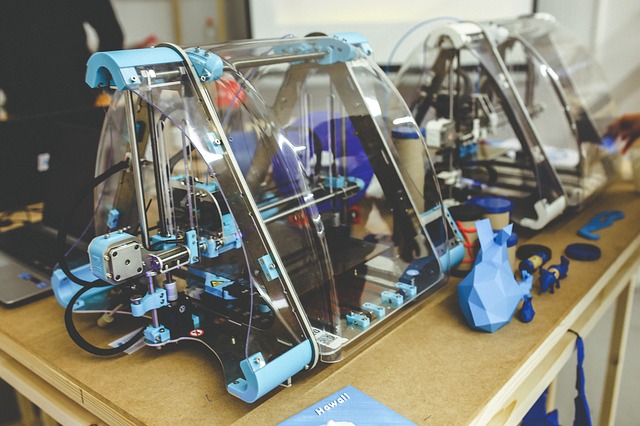What Is MSLA 3D Printing?
MSLA printing, or Masked Stereolithography Apparatus, is a modified kind of SLA printing.
MSLA printing is based on the same principle, using resins that are cured by ultraviolet light. MSLA printers use a bigger UV light source and then mask it with an LCD screen instead of tracing each layer with a regulated laser beam.
What Are MSLA Printers and How Do They Work?
If you’re unfamiliar with SLA printers, they use an ultraviolet light source to precisely cure a photosensitive resin. Standard SLA printers employ a laser with a regulated beam that is directed by a mirror. MSLA printers, on the other hand, employ an LCD screen to hide an ultraviolet backlight, resulting in a shadow on the resin.
Different patterns of light are let through to generate the print by modifying the image on the LCD screen. Instead of having to trace every detail before moving on to the next layer, this offers the huge advantage of curing the entire layer at once in three to five seconds. MSLA printers are substantially faster than SLA printers, and there is no time penalty for printing many models at the same time.
Because of the usage of an LCD masking system, this method is only suitable for bottom-up printers. This isn’t a big deal because this is the most preferred style among home users.
One disadvantage of utilizing an LCD screen like this is that the backlight must be extremely bright to cure the resin, which causes a burn-in effect and eventually destroys the screen. This signifies that the screen is a consumable item that will need to be replaced at some point.
To address this issue, modern MSLA printers have begun to use monochrome LCD panels. A color filter is not present on monochrome LCD panels. Two-thirds of the backlight is blocked by this color filter when viewed via a clear screen. As a result of this modification, the backlight no longer needs to be as bright to provide the same or higher output.
In the end, this means that monochrome LCD screens will live longer because the backlight will be less damaging. At the same time, the resultant light can be brighter, allowing for faster layer cure times. A monochrome LCD panel for an MSLA printer is a no-brainer improvement.
Resolution
An MSLA printer has the same layer height as a SLA printer, but the horizontal resolution is different. This is determined by the diameter of the laser beam in a SLA printer. It is based on the LCD screen resolution for an MSLA printer. High-resolution 4K and higher screens are already available; nevertheless, they are extremely costly.
SLA printers benefit from this as well. There are no steps in the x- and y-axes because the mirror smoothly adjusts the laser beam. However, because MSLA printers use a pixel-based screen, they are subject to x- and y-axis stepping, the severity of which is determined by the screen’s pixel density.
MSLA printers are nearly without drawbacks as compared to regular SLA printers. The reduction in print time is a significant advantage over any other type of additive manufacturing technology. These are often expensive, especially for larger models. Standard SLA printers are likely to lose prominence as prices continue to fall.
Conclusion
Do you have access to a resin printer? What factors influenced your decision to use an MSLA printer rather than a SLA printer, or vice versa? Let us know in the comments section below.




